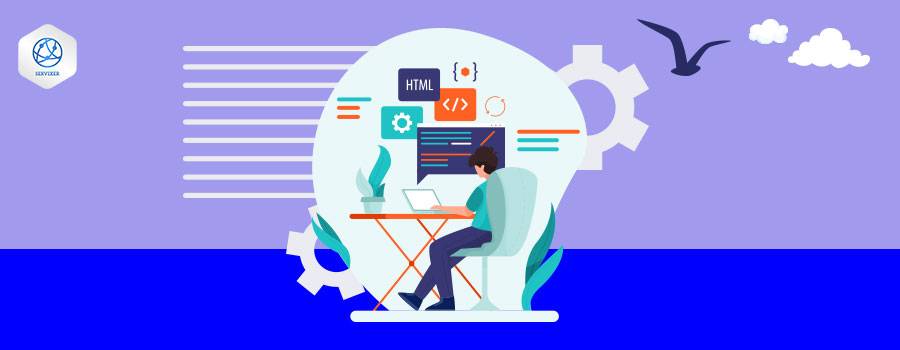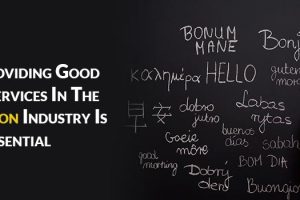We have talked a lot about the benefits of transcription and why it is so important for the different fields of work. But we are yet to discuss, how absolutely necessary it is when it comes to making the internet accessible to everyone.
In this blog, we will be discussing how video and audio transcription can impact the internet into being more open and accessible for all individuals.
Audio Transcription:
Before we dive into the benefits of audio transcription. We would like to give an overview of what audio transcription there is.
Audio transcription is the process of converting an audio file into a text document or word file, such that all the important points of the conversation are preserved.
Types of Audio Transcription:
There are three kinds of audio transcription that you can choose depending on the nature of your work.
Transcripts:
A transcript is the text version of the audio file. As this is a separate material and piece of content than the audio file, transcripts can be translated into different languages too.
Transcripts tend to be utilized by content creators with a wealth of information that users can learn from — think podcasts, TED talks, webinars, and online courses.
Quality Transcription Service is within your budget now as Servixer is excited to offer this with unmatched affordability.
Captions:
Captions are one of the more common forms of transcription. They display a text version of the audio within a video, with the text superimposed onto the video during playback. Captions are usually displayed in the language native to the language of the video.
Subtitles:
Subtitles are originally the same as captions and are used for the same purpose. The only difference is that subtitles can be in a different language than that of the video to address different kinds of audiences.
Video Transcription:
Video transcription is the conversion of your video’s audio by using a speech recognition software or a human transcriptionist, into text form.
Video transcription is essentially the same as audio transcription. The difference is that video transcription is done for videos while audio transcription is done for audio files. Video transcription also has the same three kinds; i.e, captioning, subtitles and transcripts.
-
Faciliates Hard-on-hearing and deaf individuals.
Transcription proves to be highly beneficial when it comes to addressing a bigger and more diverse audience. By providing transcripts of your audio and video files on the internet, you in turn make your content accessible for hard-on-hearing and deaf individuals.
As they can’t understand your audio or video files without accompanying text. It is necessary if you’re putting out a video for viewing you include a transcript that includes speaker IDs as well as inaudible sounds like [laughter] and [crying] etc.
-
Removes confusion for non-native speakers.
Adding subtitles to your videos in a language similar to the language of your audience that mostly frequents your videos can help remove any confusion they have being non-native speakers.
This would bring you more views as more and more people will be attracted towards your videos seeing as the videos will be clearer and easier to understand but also, help you grow the trust of your audience in you as a creator and brand,
-
Faciliates viewers in sound-prohibitive environments.
You can’t watch videos or listen to audio files everywhere. Consider yourself at the library or in a classroom attending a lecture or on a train without headphones or a noisy cafeteria. You can’t listen to audio in any of these environments. So providing a transcript for your viewers alternative to consuming your content, keeping them from bouncing off your site, and making things accessible for them.
-
Visually impaired individuals
Besides content accessibility, it also helps in service provision. A mix of audio and textual content enables hearing or vision impaired people to use the service with accessibility tools such as magnification systems. Many visually impaired users prefer to navigate through text than to listen to audio and take notes. The bottom line is to have a set of support measures that synergy with other tools to help people navigate.







Leave a Reply
Your email is safe with us.
You must be logged in to post a comment.